“Alaska is not just a destination—it’s an awakening. The moment you step into its wilderness, you feel both humbled and alive.”
1. Where is Alaska?
Alaska, often dubbed “America’s Last Frontier,” is a land of unparalleled natural beauty. Nestled near the Arctic Circle, it’s separated from Russia by the Bering Strait. As the largest U.S. state, it covers 15.4% of the nation’s total land area. Its landscape is dominated by snow-capped mountains, glaciers, and untouched wilderness. With a population density so low that nature reigns supreme, Alaska is a haven for those seeking solitude and adventure.
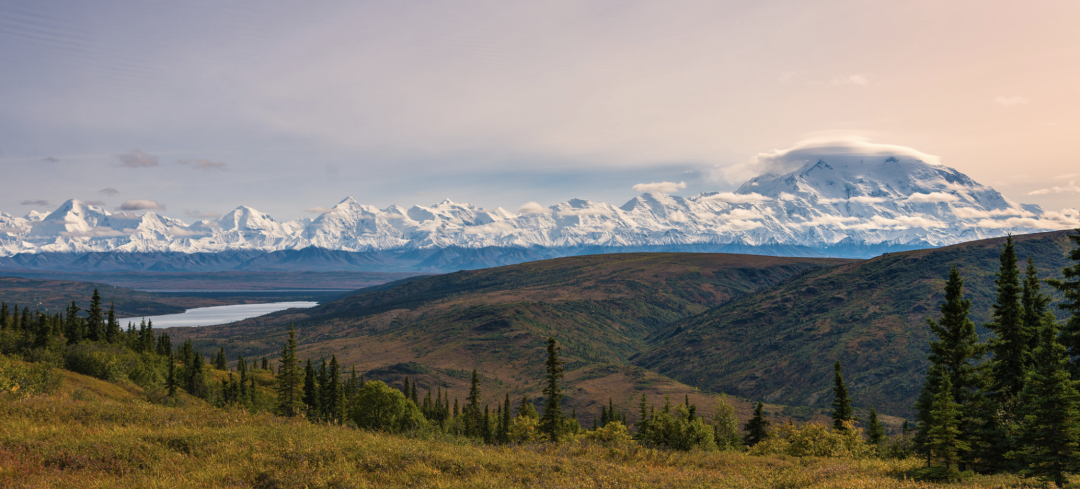
2. Why Visit Alaska?
Glaciers & Natural Wonders
Alaska is home to over half of the world’s tidewater glaciers. Witnessing massive ice chunks calving into the ocean—accompanied by thunderous roars—is a spectacle unique to regions like Glacier Bay National Park and Kenai Fjords. The Harding Icefield, one of the largest icefields in the U.S., offers breathtaking hikes, while Ruth Glacier allows small-plane landings for up-close exploration.
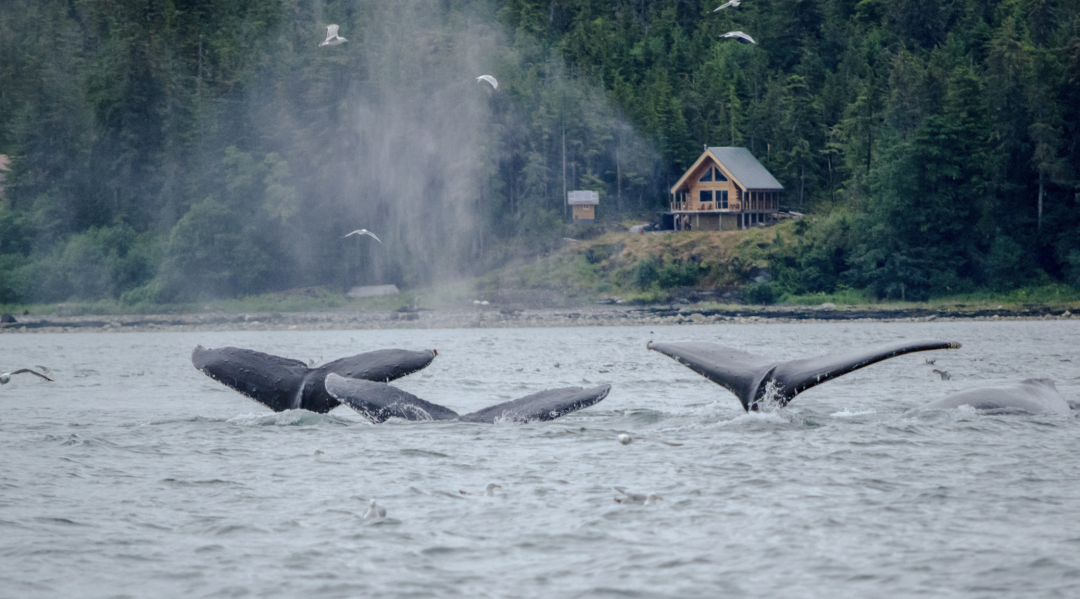
Northern Lights (Aurora Borealis)
Fairbanks, the “Aurora Capital,” provides a 90% chance of spotting the Northern Lights from October to March. The city’s location under the auroral oval ensures vibrant displays that dance across the night sky. For the best experience, join a guided tour or stay in a cozy lodge with clear views.
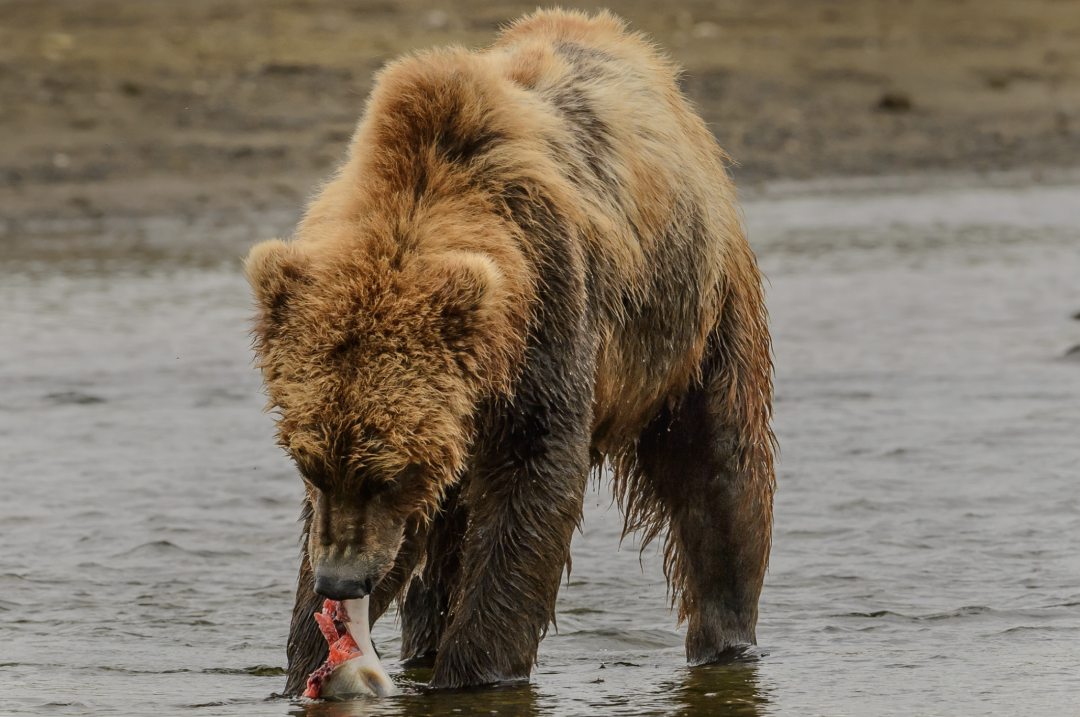
Wildlife & Wilderness
Katmai National Park hosts 2,200 brown bears, famous for salmon fishing. Moose, bald eagles, and whales (humpbacks, orcas) thrive here year-round. Denali National Park features North America’s tallest peak, Denali (20,310 feet), with unparalleled hiking and flightseeing tours that offer bird’s-eye views of the rugged terrain.
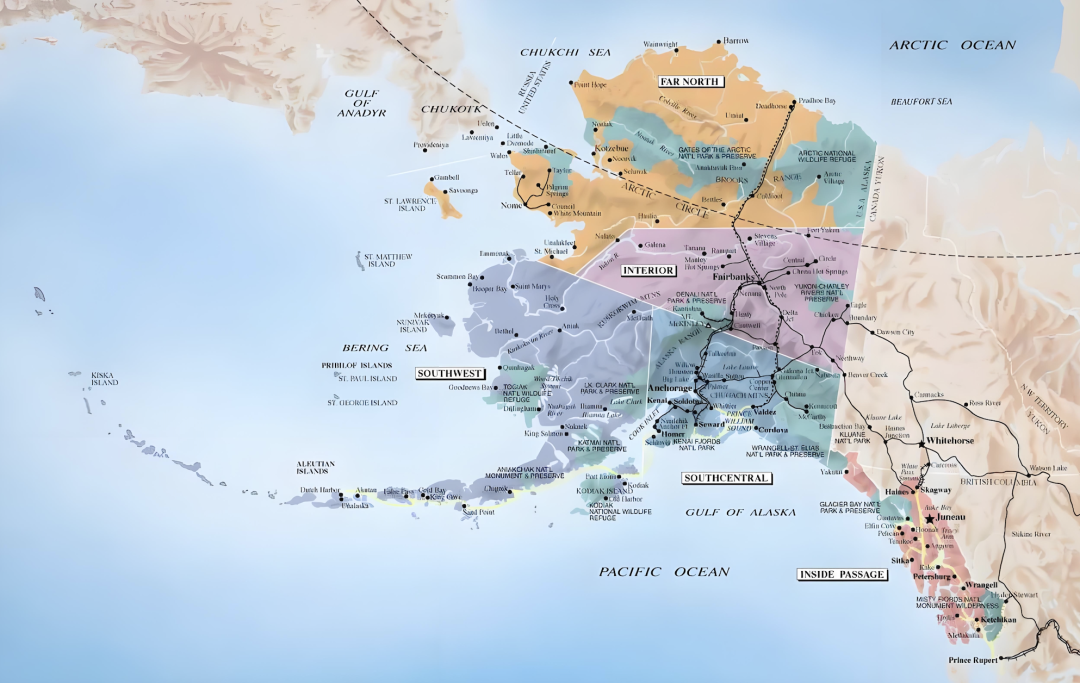
Unique Adventures
Alaska offers adventures for every season. Winter highlights include dog sledding, ice fishing, and helicopter tours to glaciers. Summer brings kayaking among icebergs, bear viewing, and gold panning in historic towns like Skagway. For a thrilling experience, try zip-lining through the Tongass National Forest or soaring over glaciers in a seaplane.
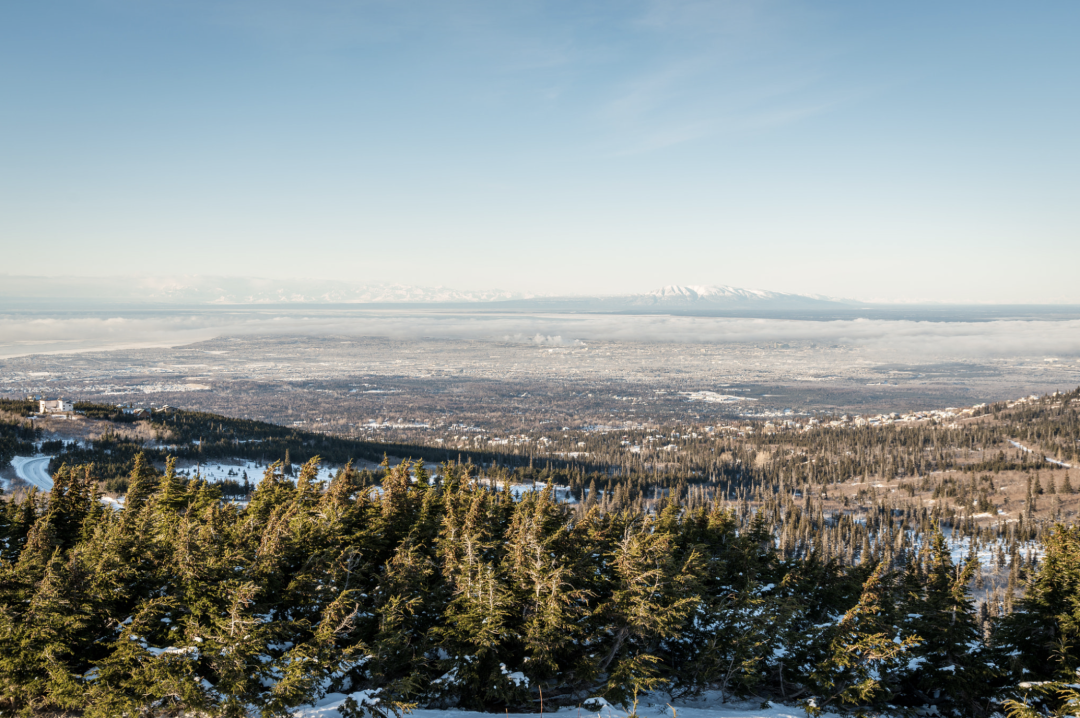
3. Best Time to Visit Alaska
Summer (May–September)
Summer is Alaska’s peak season, with daytime temperatures ranging from 60°F–70°F and nearly 24 hours of daylight in June. Activities include glacier cruises, wildlife tours, hiking, and fishing. May and September offer fewer crowds and shoulder-season discounts, making them ideal for budget-conscious travelers.
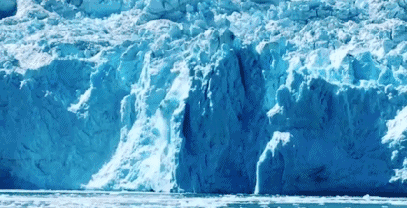
Winter (November–March)
Winter in Alaska is a magical time, with subzero temperatures and limited daylight. It’s ideal for Northern Lights viewing, dog sledding, ice festivals, and snowmobiling. Fairbanks’ Chena Hot Springs provides a warm respite after a day of outdoor adventures.
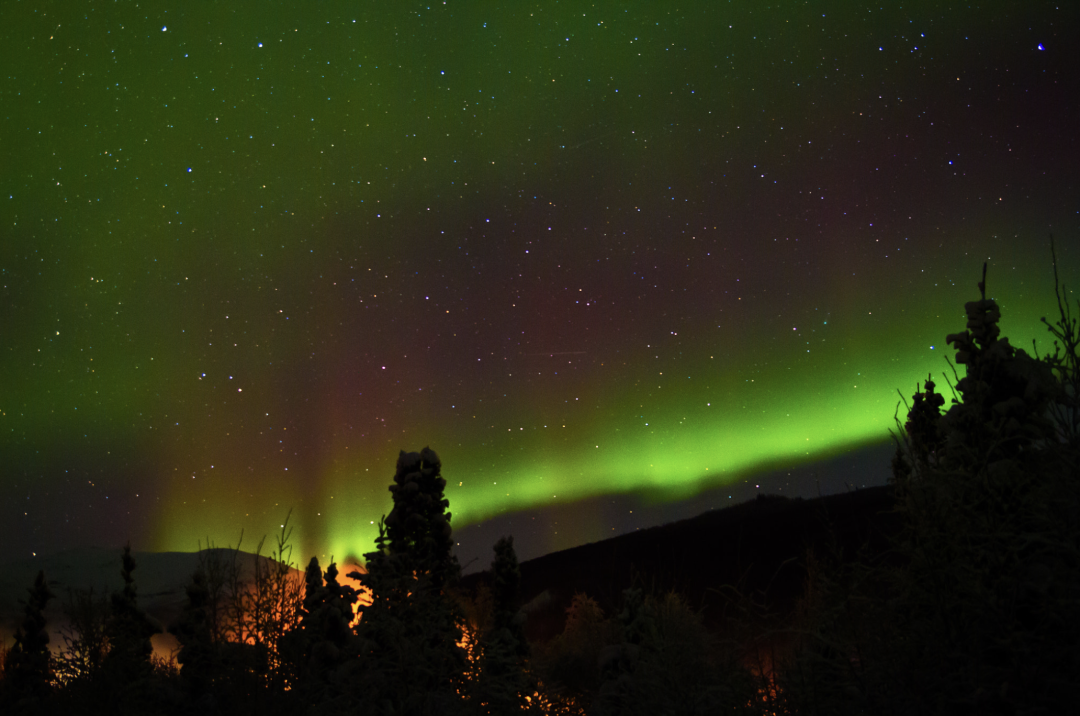
Shoulder Seasons
May offers dry weather and blooming landscapes, perfect for hiking and photography. September combines fall foliage with aurora sightings, creating a picturesque backdrop for outdoor enthusiasts.
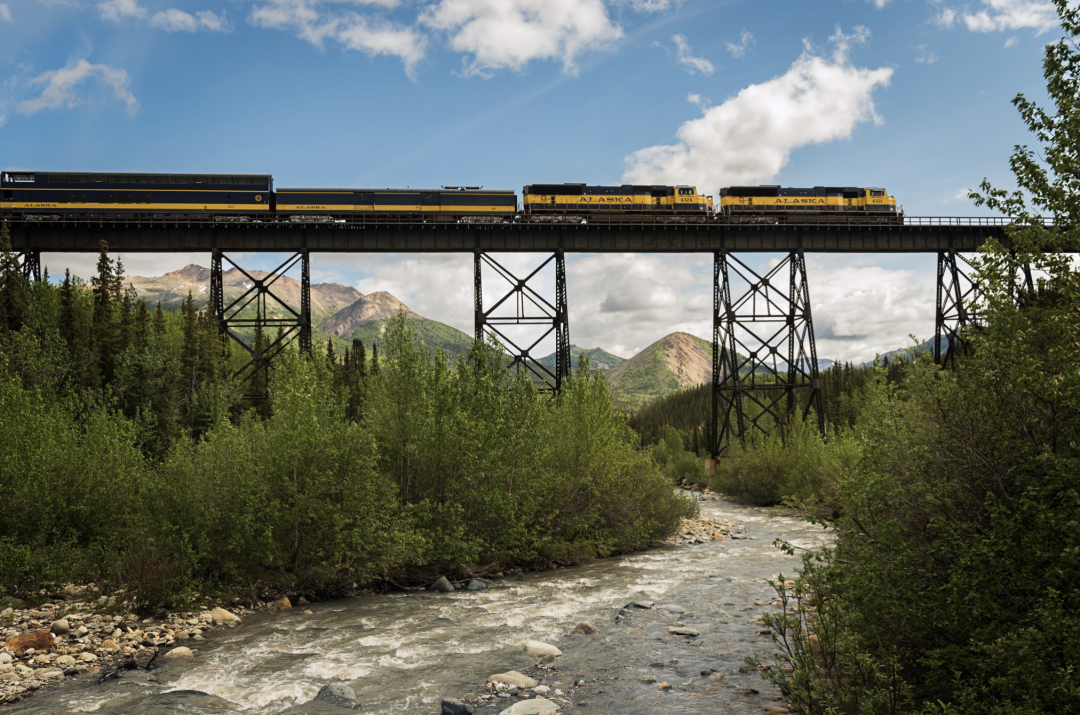
4. Top Destinations & How to Explore
Anchorage
Anchorage is Alaska’s largest city and a gateway to the state’s natural wonders. Explore Chugach National Forest, Kenai Fjords, or the quirky town of Whittier, where most residents live in a single high-rise. Don’t miss the Anchorage Market & Festival for local crafts and food.

Fairbanks
Fairbanks is the heart of Alaska’s winter wonderland. Join guided tours or stay in cozy lodges for Northern Lights viewing. The Dalton Highway offers rugged Arctic adventures, including a visit to the Arctic Circle and the Trans-Alaska Pipeline.
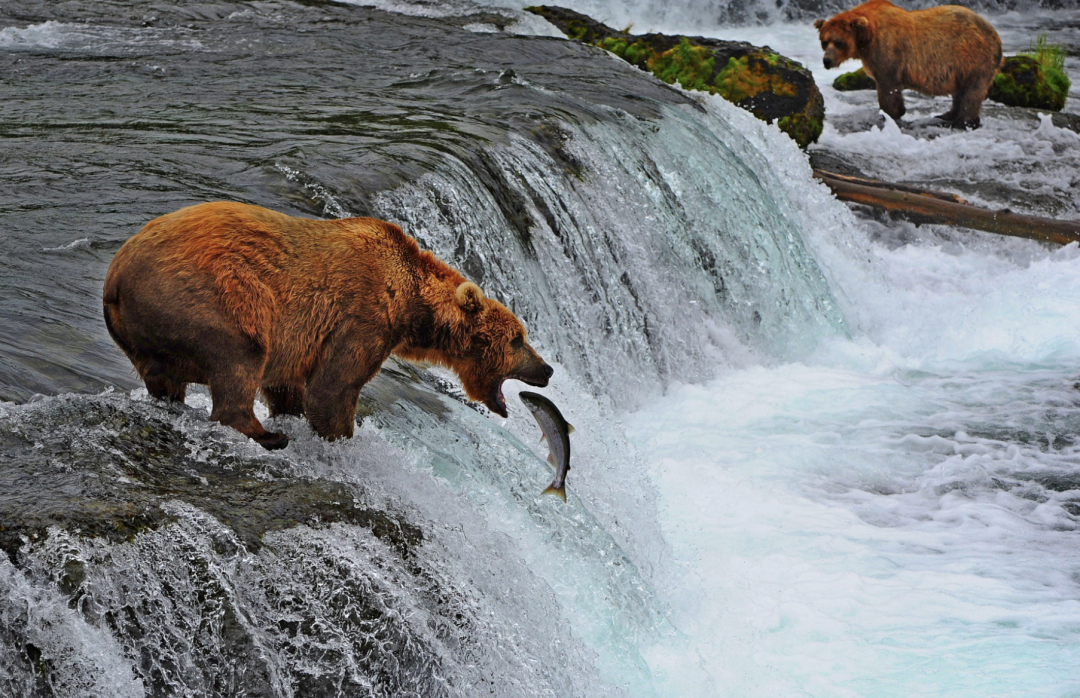
Southeast Alaska (Cruise Routes)
Southeast Alaska is a cruiser’s paradise, with ports of call like Ketchikan, Juneau, and Skagway. Ketchikan is famous for salmon fishing and totem poles, while Juneau offers Mendenhall Glacier and whale-watching tours. Skagway features historic gold-rush trails and scenic railway rides.
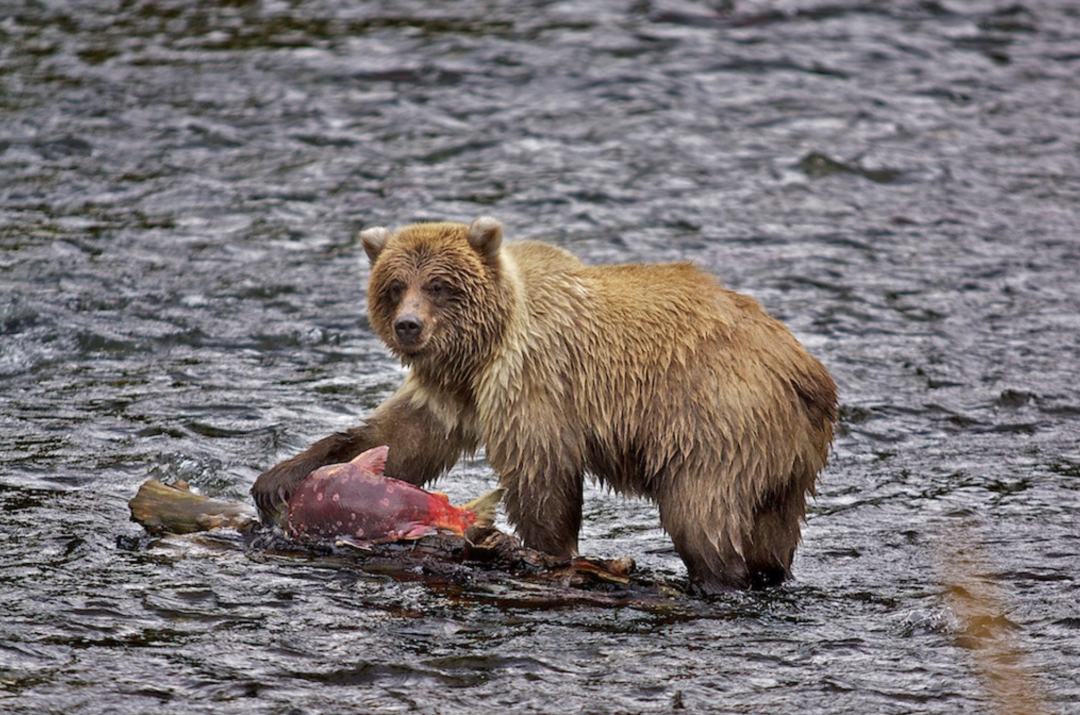
5. Practical Travel Tips
Transportation
Alaska is vast, so plan your transportation carefully. Major airports include Anchorage (ANC), Fairbanks (FAI), and Juneau (JNU). Regional flights connect remote areas, while the Alaska Railroad runs summer routes between Anchorage and Fairbanks. For flexibility, rent a car, but prepare for limited roads and ferry crossings via the Alaska Marine Highway.
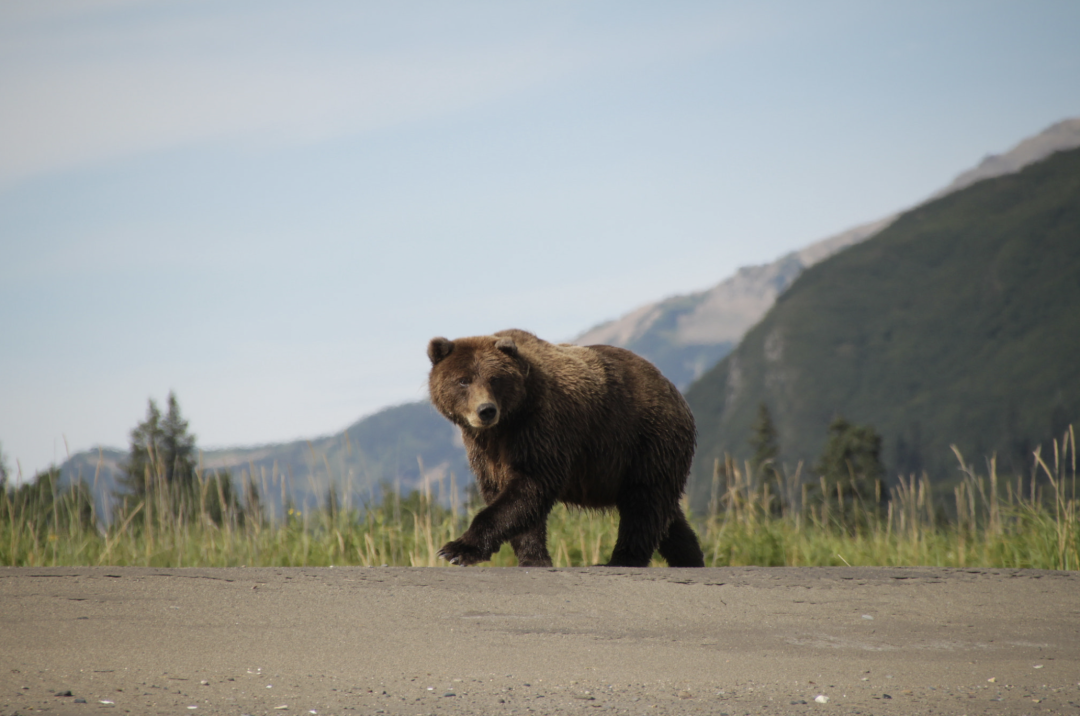
Sustainability
Alaska’s ecosystems are fragile, so follow Leave No Trace principles. Support Indigenous-owned tours to learn about Alaska’s 11 Native cultures and contribute to sustainable tourism. Avoid feeding wildlife and stay on designated trails to minimize your impact.
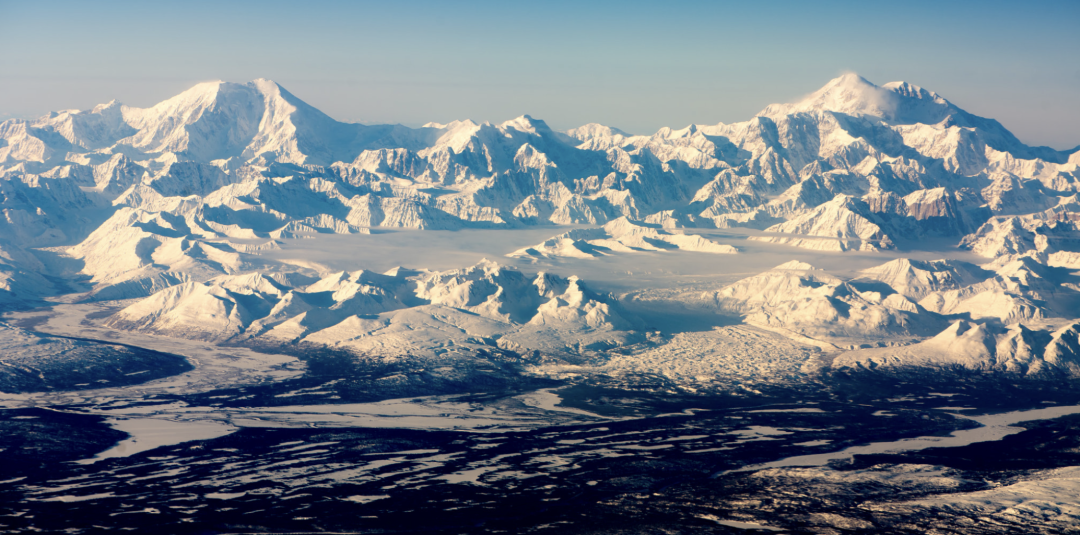
Planning
Book summer tours and lodges 6+ months in advance, as they fill up quickly. Pack layered clothing for changing weather—winter requires thermal gear, while summer demands rainproof jackets and sturdy hiking boots. Don’t forget binoculars for wildlife viewing and a camera for capturing the Northern Lights.
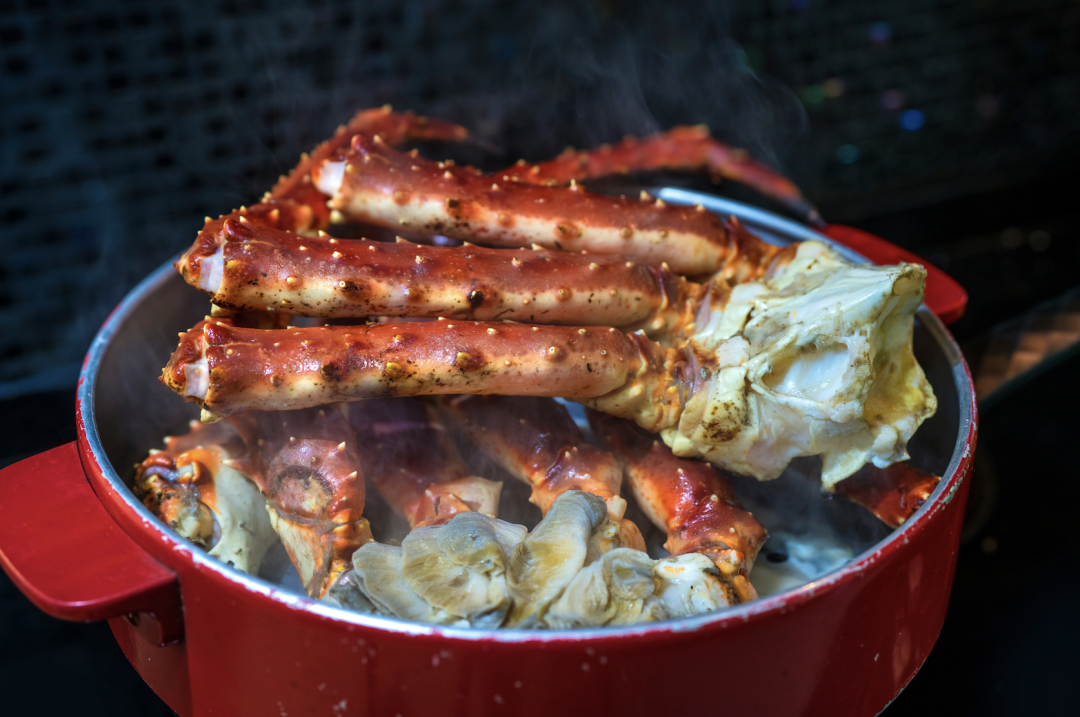
6. Alaska vs. Other Destinations
Compared to Antarctica, Alaska offers similar wildlife (minus penguins) but with more accessibility and cultural depth. Denali’s vertical rise surpasses the Himalayas, and its glaciers outnumber those in the Lower 48. For a unique experience, combine an Alaska cruise with a visit to the Yukon Territory in Canada.
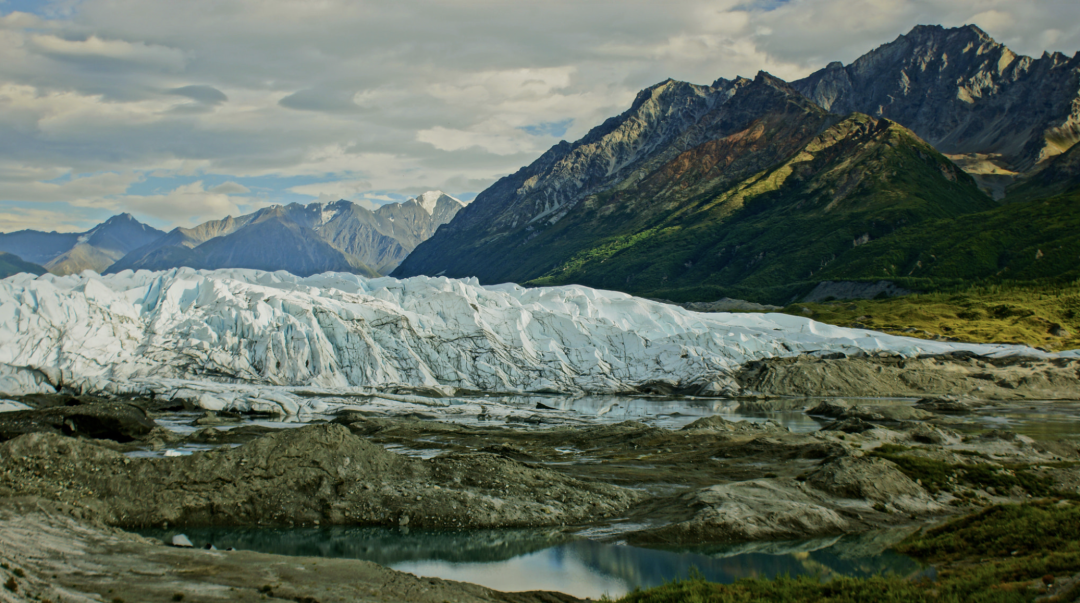
7. Final Thoughts
Alaska’s raw beauty and untamed landscapes make it a bucket-list destination. Whether you cruise through fjords, hike icy trails, or chase the Northern Lights, every moment here is transformative. As climate change reshapes its glaciers, there’s no better time to experience this frontier. Pack your sense of adventure and prepare to be awestruck.
“Alaska will change you—not just your perspective, but your soul. It’s a place where time slows down, and the world feels infinite.”
Tip: For the best Northern Lights viewing, check the Aurora Forecast and choose a location away from light pollution. Bundle up—temperatures can drop below -20°F!
